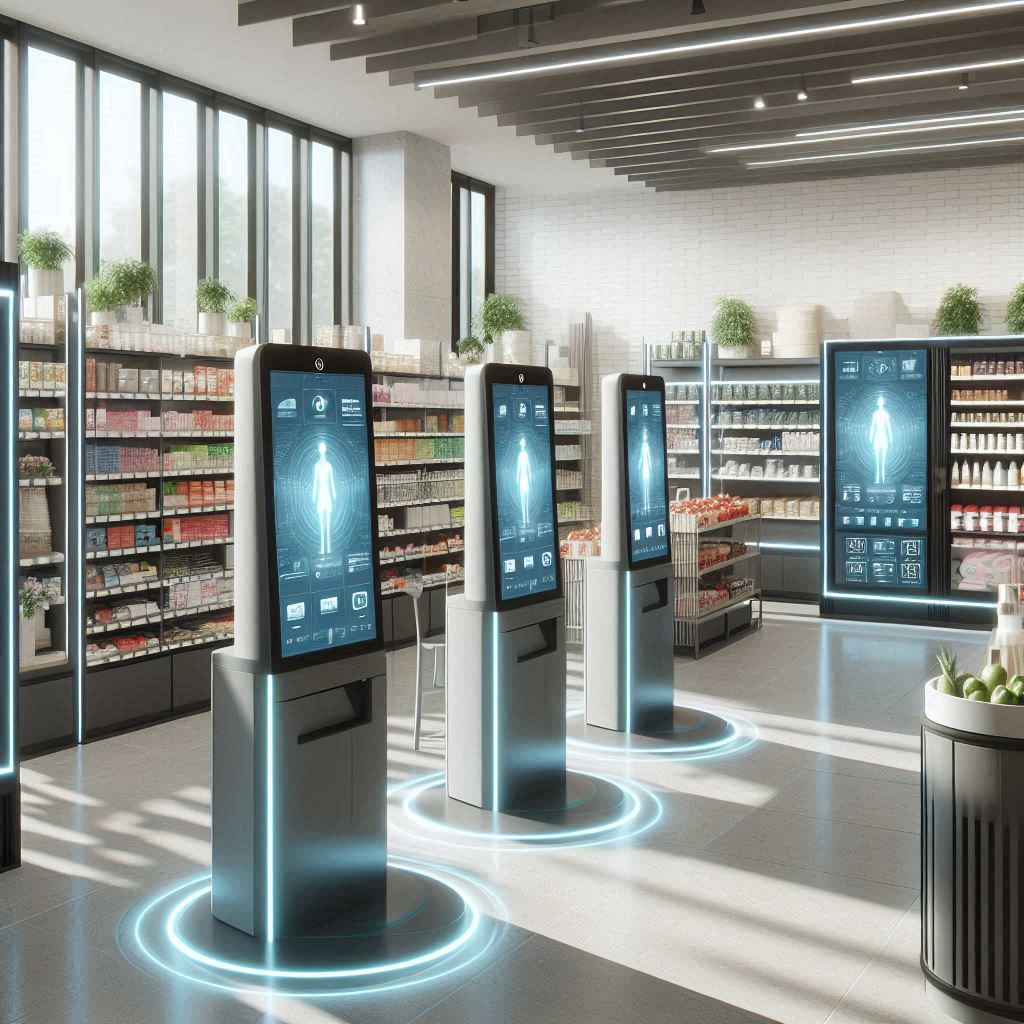
Technology – The In-store Experience Enabler
Is there a store today where the experience is entirely unique to the shopper? Apple springs to mind, but who else? A destination where, upon arrival, the store assistant knows your name. A place where you can explore, discover shiny newness, play and learn. Information is readily available, and you can make an informed decision before making a purchase. And there are no lengthy or complicated checkout processes. You can easily and quickly return in-store or online purchases and remain entertained throughout your visit. This is what shopping should look like today.
Technology enables such an experience, yet brands and retailers see it as a big-ticket item. Budgets all too easily get cut when challenges lie ahead because there is a lack of understanding of the tech and its capabilities. Most brands and retailers do not have a strategy to drive it and little or no skill set to implement it.
The demand for personalised shopping experiences and seamless integration of online and offline channels is forever increasing. Customers want to be able to search for products and purchase through multiple channels, such as websites, social media, apps and in-store touchscreens. Integrating these channels and effectively using the data can curate customer experiences based on their likes or dislikes, purchases already made, or browsing history, allowing for personalised recommendations, promotions, and offers.
Mobile apps need to be used to their full potential. Working with beacons in-store, customers can use their mobiles and, through the app, navigate a store, search for items, access real-time inventory and receive promotions and personalised notifications based on location in the store. Interactive displays can elevate the customer experience by offering engaging and relevant content such as virtual try-ons and product discovery, promoting customer interaction through touch, body movement or AR technology, enabling a more immersive shopping journey.
Adopting technology in retail also has a sustainability element. Intelligent lighting systems and power management can reduce electricity consumption. The brightness in the store adjusts according to the number of people shopping, lowering carbon emissions and costs for the brand or retailer.
Dynamic pricing is another technology player that retailers are slowly adopting, but it should be the norm. These systems leverage AI algorithms, providing promotions and discounts based on the shopper. For example, shoppers receive discounts if they are part of the brand’s loyalty scheme. Dynamic pricing also allows pricing to be managed and updated from one central point, ensuring price consistency across the entire store portfolio and reducing the time for staff to update price tags manually.
To survive and thrive, brands and retailers must evolve with their customers’ expectations. Technology is the foundation that sets brands apart and delivers the elevated experience customers are demanding.
